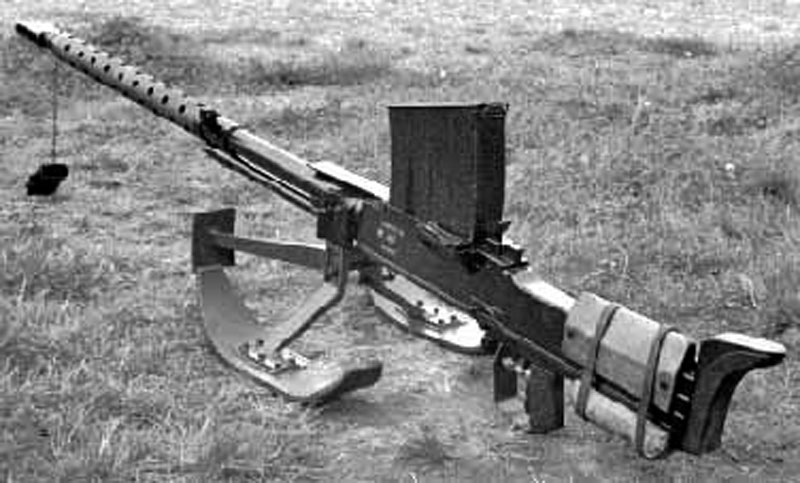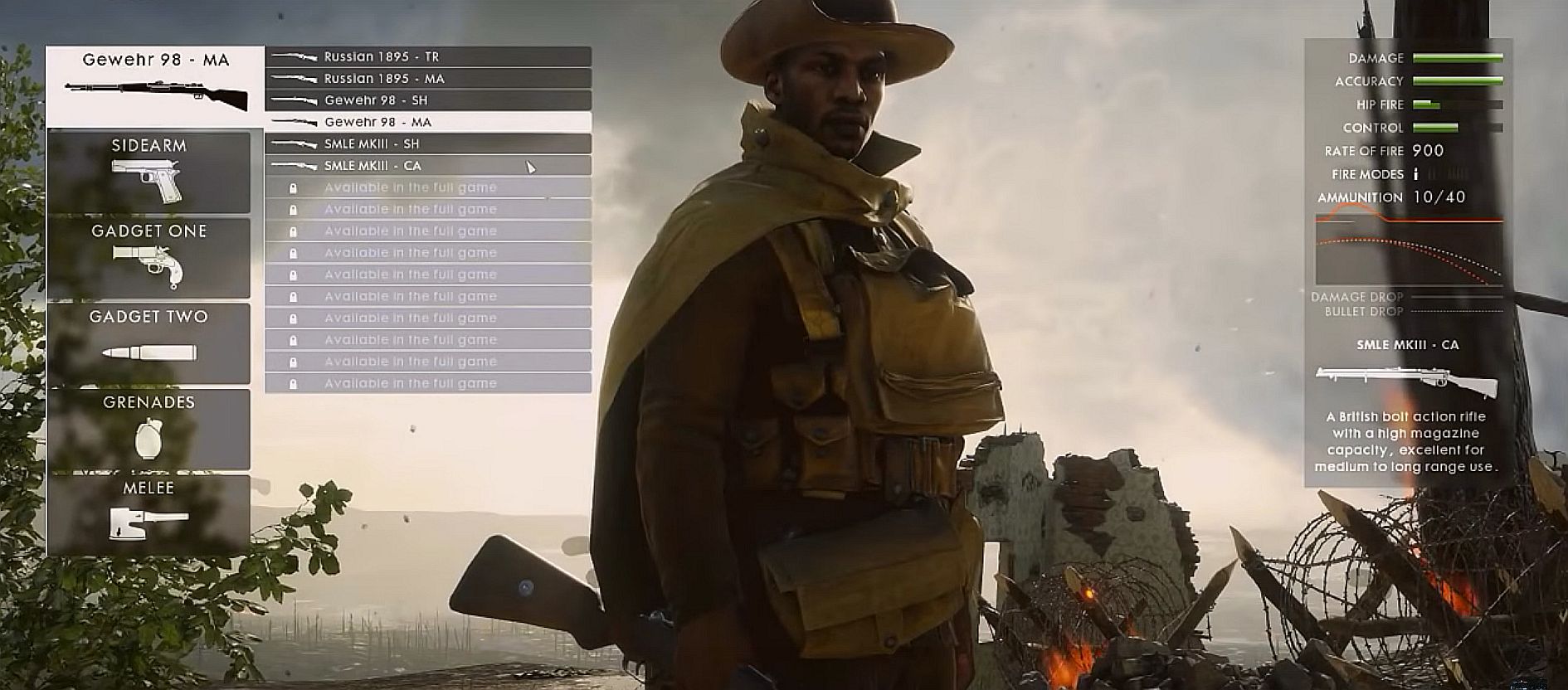



The featured cartridge was listed as "47x285mm R" in official caliber (1.85 inches) and the weapon sported a muzzle velocity of 2,723 feet per second. The Type 1 weighed in at approximately 1,760lbs and featured a barrel length of 8.3 feet. Once in operational service, the Type 1 succeeded in proving to be a very portable and reliable system - be it by vehicle or "pack" animal. The steel disc wheels were simple sponge-filled rubber tires. The arms were used for stabilization when firing, opening out at 60-degree angles. The carriage attached to vehicles by the ends of its trail arms for transportation. The weapon system sat on a split-trail carriage and was portable enough that a crew could easily move the system from position to position and begin firing. The personal shield plate was well-sloped to help repel small arms fire and artillery "splash" and was larger in surface area towards the top edge. The semi-automatic breech took care of ejecting spent casings and closing automatically upon insertion of a fresh projectile. The breech, carried over from the German PaK 35/36 design, was semi-automatic in nature, allowing for an above-average rate-of-fire - a trained crew could fire about 15 projectiles within a 60-second window. The Type 1 would be the only indigenous Japanese-designed anti-tank gun of the war but made its presence felt across many fronts where possible.Īt its core, the Type 1 was of a highly conventional design layout utilizing a barrel attached to a breech system, a two-wheeled carriage and an integrated shield protection plate. The weapon entered service with the Imperial Japanese Army in 1942 and saw first combat action in 1943. By 1941, the gun was introduced formally as the "47mm Anti-Tank Gun Type 1" and went on to see production out of the Osaka Arsenal in at least 2,300 examples between 19. Interestingly, Japanese authorities believed that they would be facing enemies fielding light armored equipment - including those that America might offer - and were more interested in delivering an adequate product that could content with such.Īs early as 1939, a new towed anti-tank gun was in the works. Like the Type 34, the Type 97 was still viewed as a design with inherent limitations lacking the needed battlefield performance. However, the gun system was already being reviewed for its limitations, giving rise to the Type 97 - another 37mm weapon system though this gun with origins in the fine German 3.7-cm Pak 35/36 anti-tank system. Even before the war proper, the Japanese Army lacked anything in the way of a capable, indigenous tank-killing weapon for her troops and, as such, the Gun Type 34 was introduced in 1934 to rectify the situation. One such limitation was in the category of anti-tank guns. The Japanese military was ultimately delivered a series of shortcomings that became readily apparent as World War 2 progressed.


 0 kommentar(er)
0 kommentar(er)
